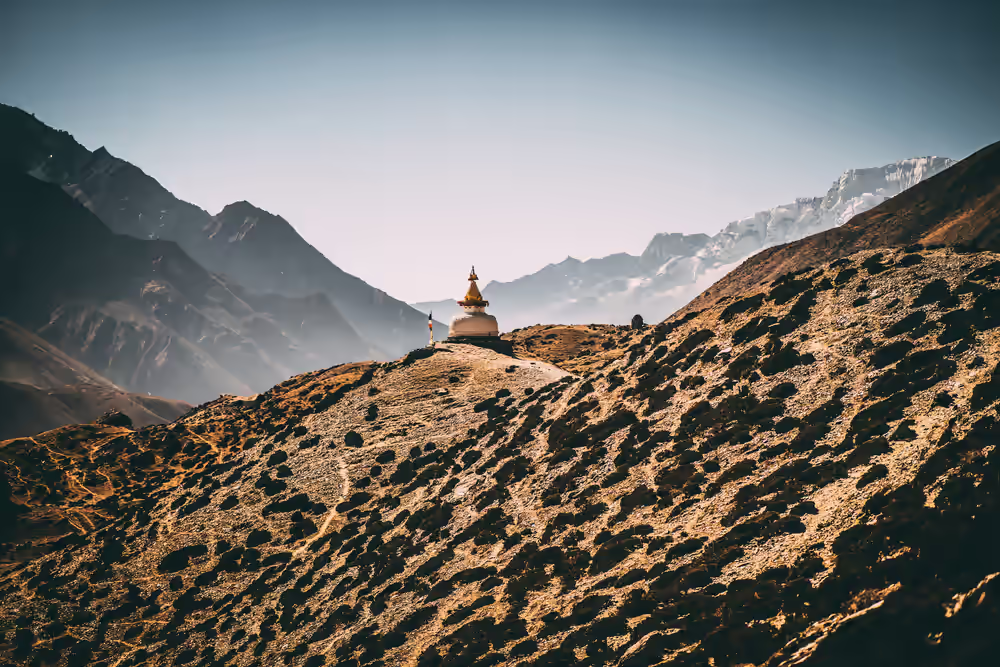
29°38'49.9"N 91°07'02.6"E
Tibet – Or greater Tibet, is a fascinating and large land mass currently located within China after being occupied in 1951.
A family friend and colleague of my uncle was there when it happened, so I had to see it for myself. I managed to photograph a traditional Tibetan wedding and saw the most beautiful night sky I’ve ever seen.
The winter in Tibet is long and harsh, so harsh that only grass survives. Historically the people survived off only Yak-meat, and hold their animals in high regard. The winter may be harsh, but also gorgeous.
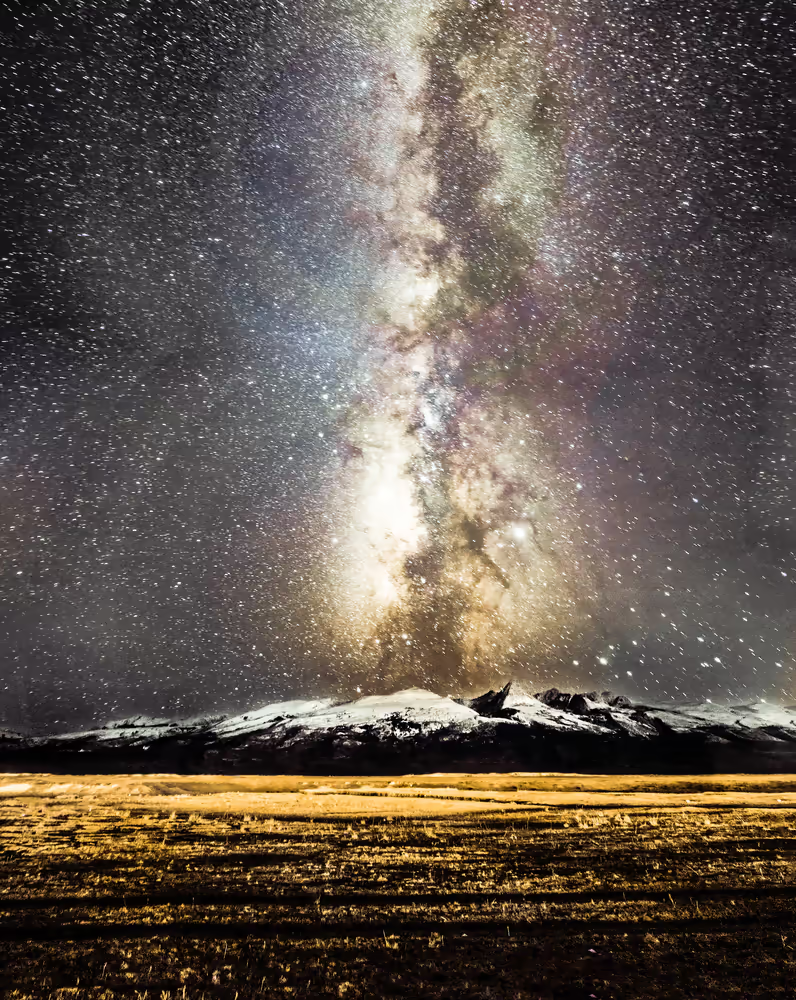
Religion
Tibetan Buddhism is more than a faith—it is an identity, a way of life, a force woven into the very fabric of the Himalayas. Prayer flags flutter in the wind, carrying mantras across valleys, while prayer wheels, some turned by hand, others spun endlessly by flowing water, send prayers into the universe. Massive mani stones, inscribed with ancient Buddhist texts, stand as silent guardians of a persecuted culture.
Inside hidden monasteries, deep in Chinese-occupied Tibet, images of the Dalai Lama—banned by the authorities—are secretly kept, a quiet act of defiance. Monks, once the revered heart of Tibetan society, now live under surveillance, with many imprisoned for their beliefs. The Chinese government has shut down monasteries, censored religious texts, and forced Tibetans to replace their spiritual leaders with government-approved ones.
And yet, Tibetan Buddhism endures. Stupas stand tall, filled with relics and prayers. Exiled monks continue their teachings beyond Tibet’s borders. Despite oppression, faith moves like the wind in the Himalayas—impossible to contain, impossible to erase.
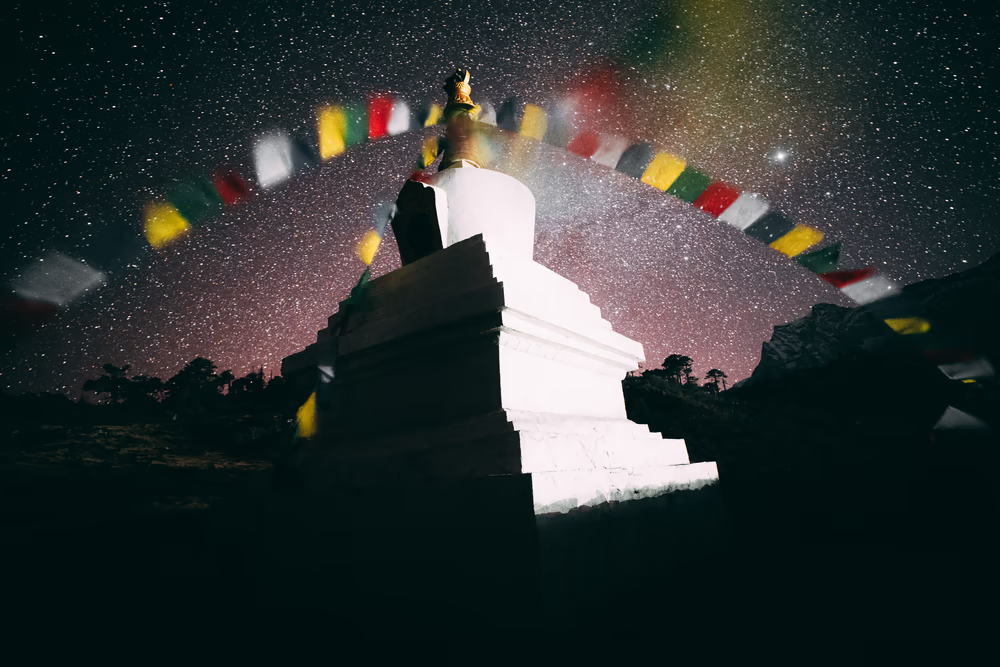
Tibetan prayer flags
Tibetan prayer flags
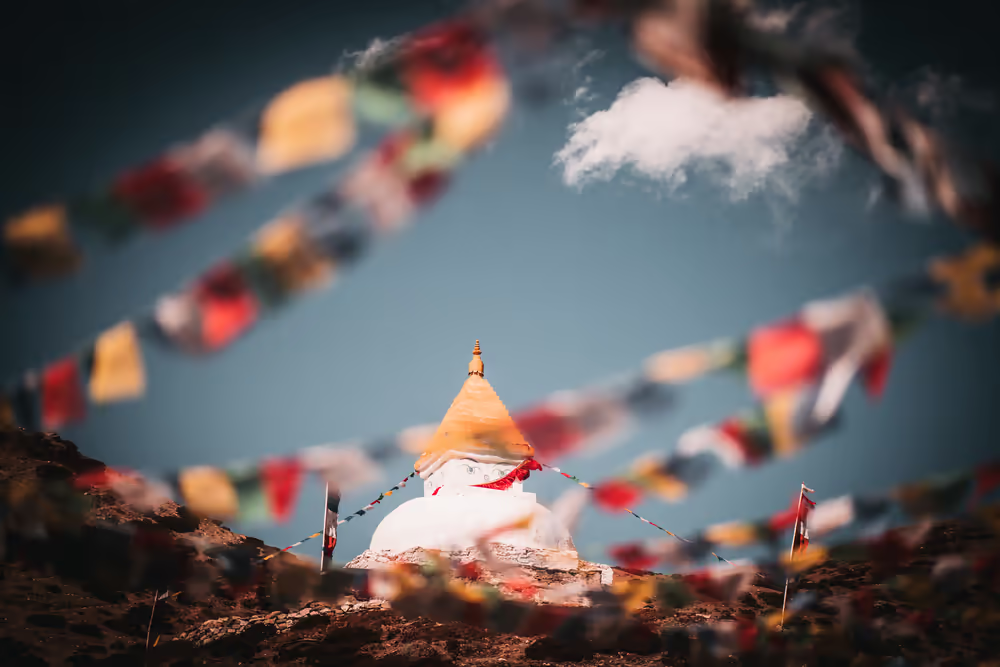
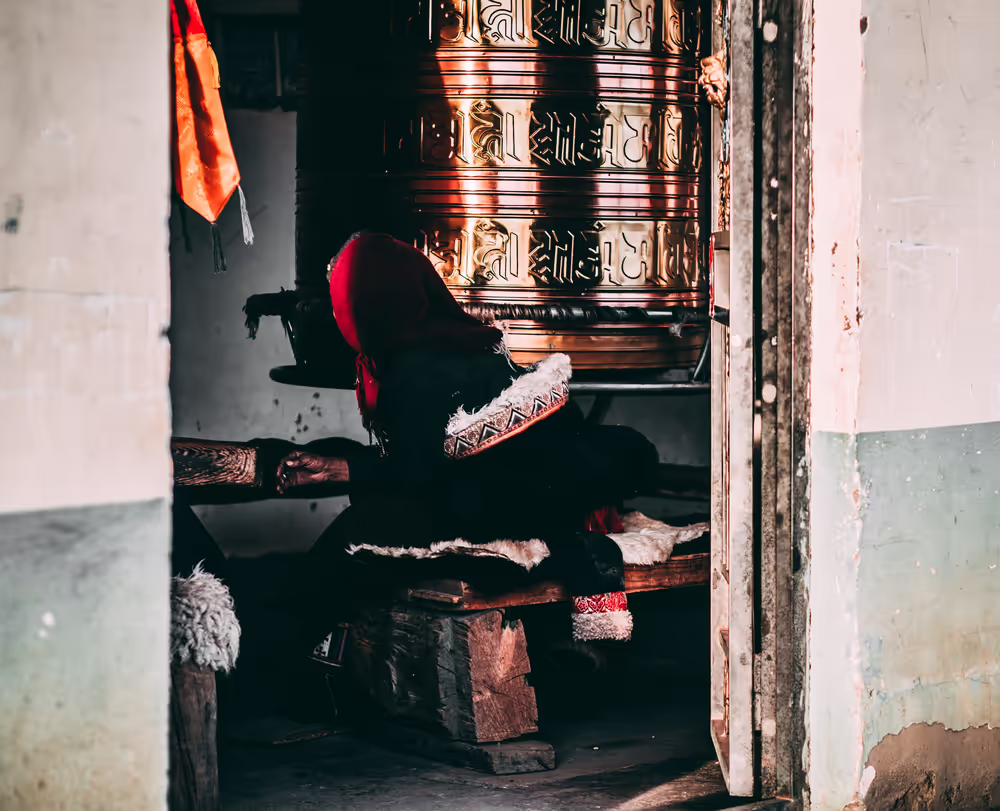
Woman spinning prayer wheel
Man at the Tibetan prayer wheels


Illegal picture of the Dalai Lhama in Chinese occupied Tibet

Culture and land
Tibet is a land of endless skies, towering peaks, and wind-swept plateaus, where nature and culture remain inseparable. Nomads on horseback, clad in heavy woolen chuba robes, move across the grasslands, much like their ancestors did centuries ago—except now, some hold smartphones, a striking contrast between past and present.
The land itself is as untamed as the people who call it home. Majestic black-necked cranes soar over high-altitude lakes, while Tibetan mastiffs and Tibetan terriers, once guardians of monasteries and nomadic tents, still roam the mountain passes.

Daily life is shaped by the rhythm of nature—farmers tend barley fields, prayer flags ripple in the wind, and monks chant in remote monasteries. But modernity is creeping in; motorcycles now replace horses for some, yet traditions hold firm. Tibetans remain stubbornly, beautifully themselves, bound to their land in ways that no force—natural or political—can sever.
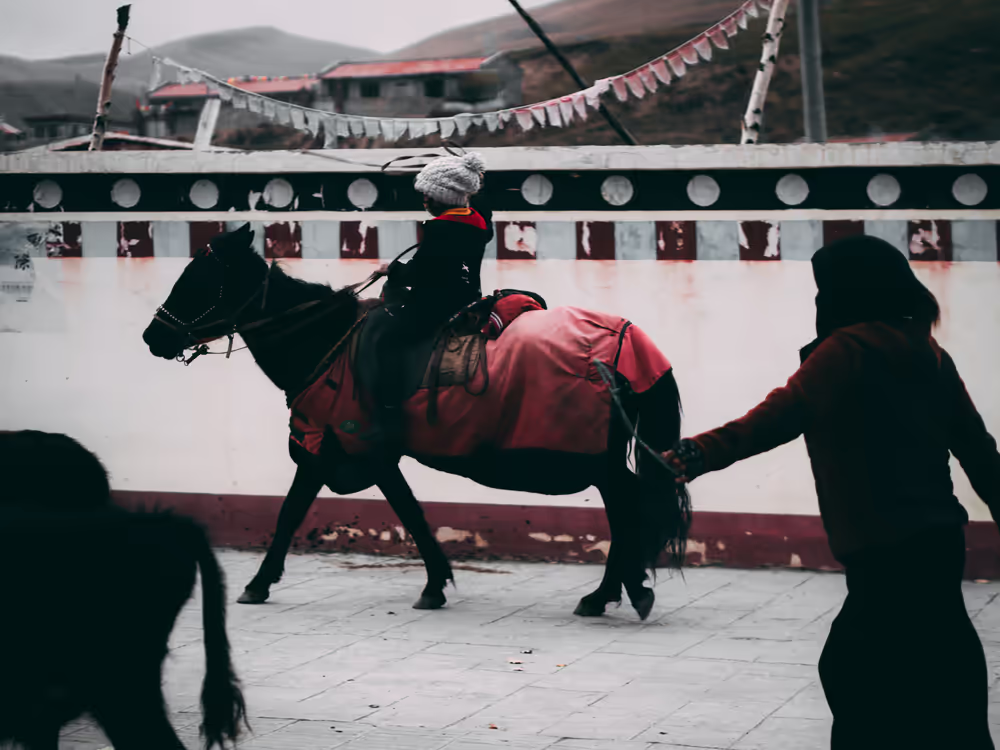
Tibetan boy riding a horse
Tibetan man riding a horse
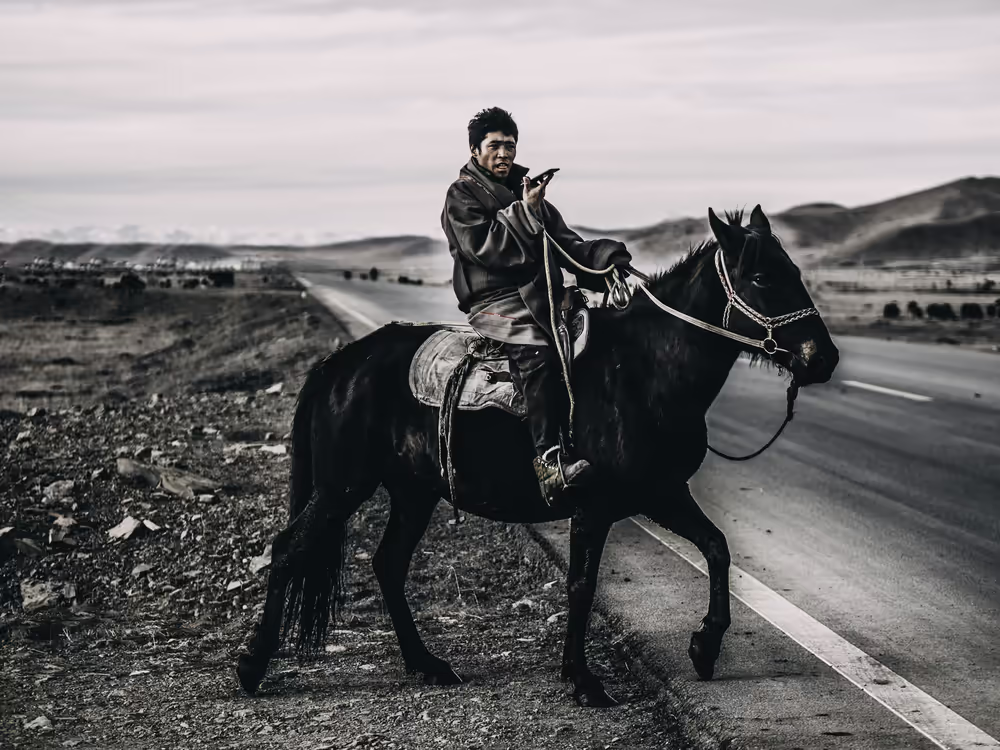
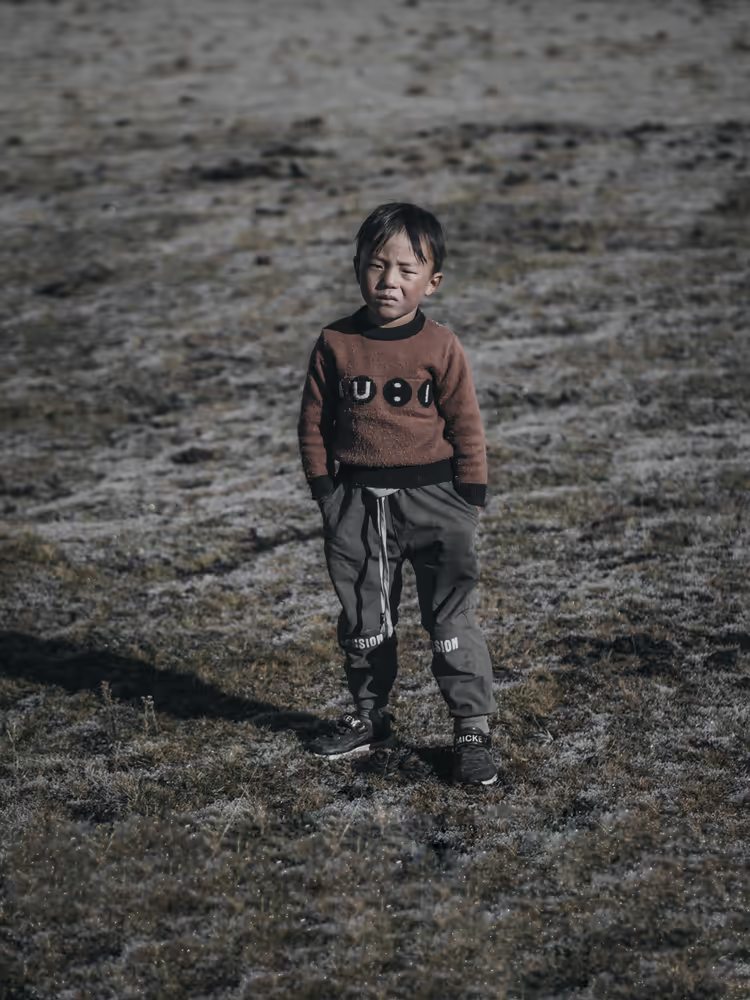
Tibetan boy
Tibetan buddhist monk
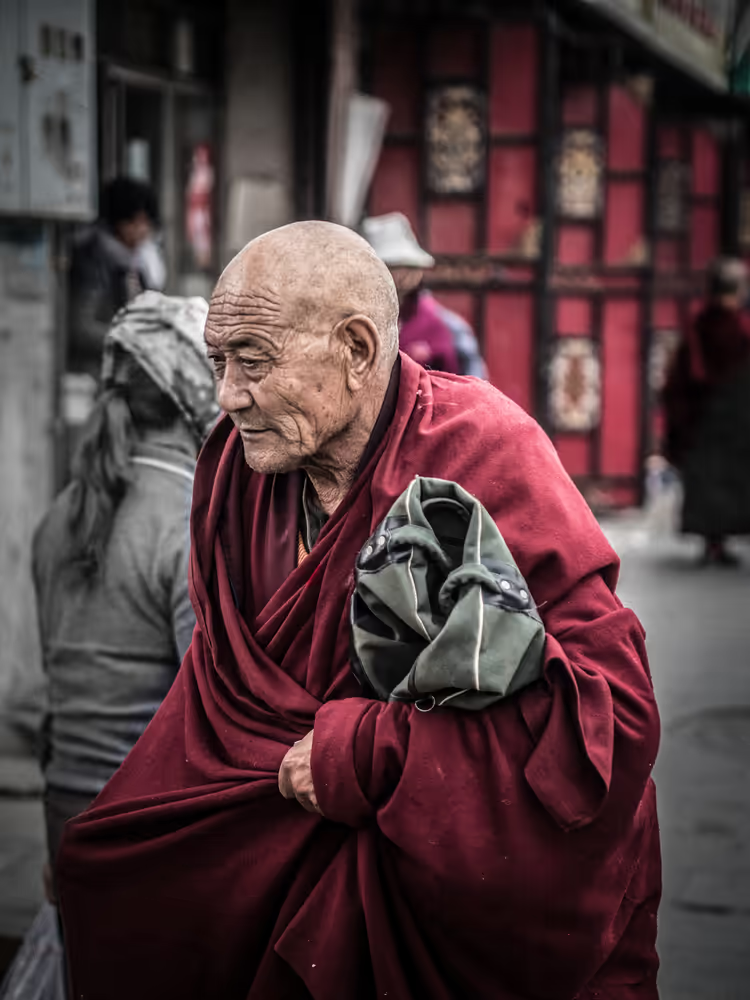
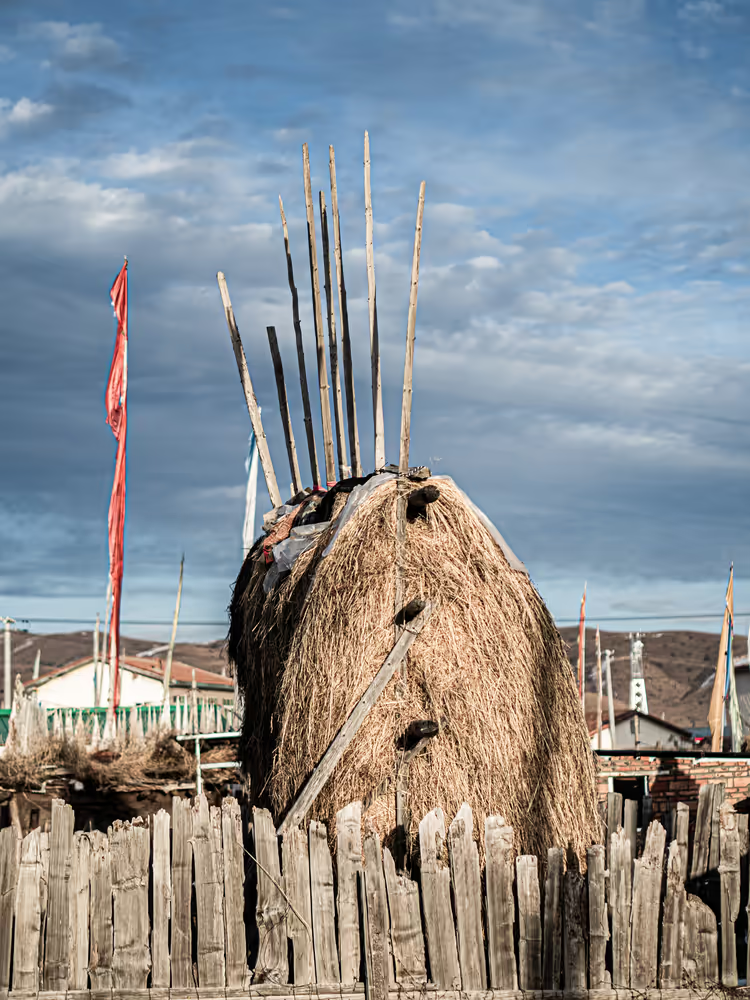
Animal feed drying in the sun
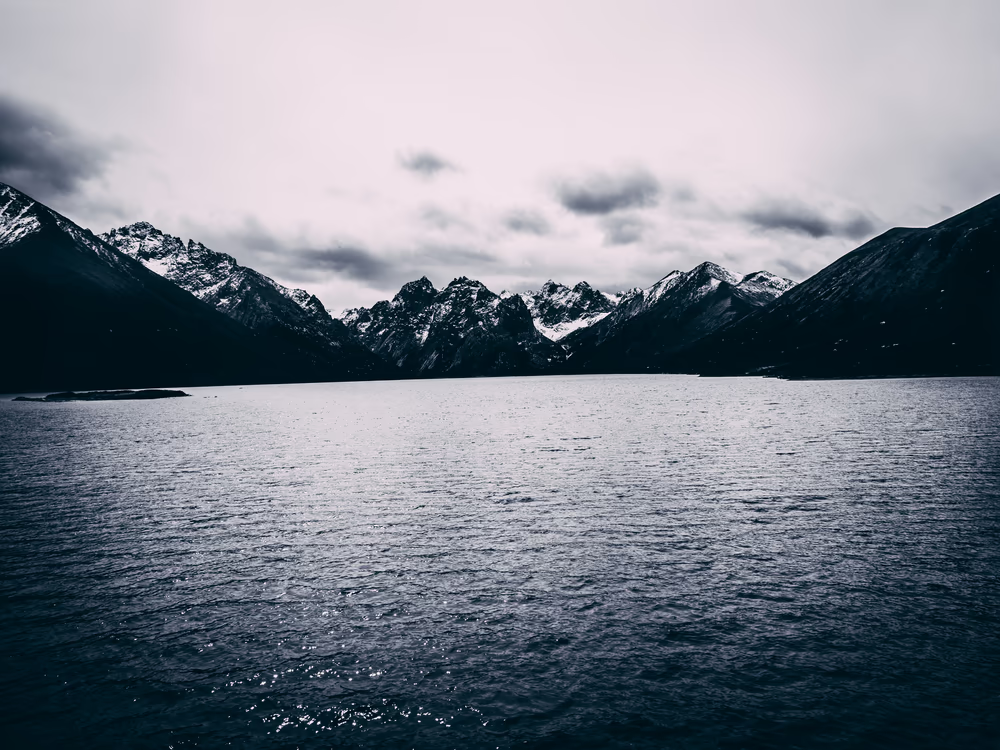
Forbidden lake
Birds flying through Tibet
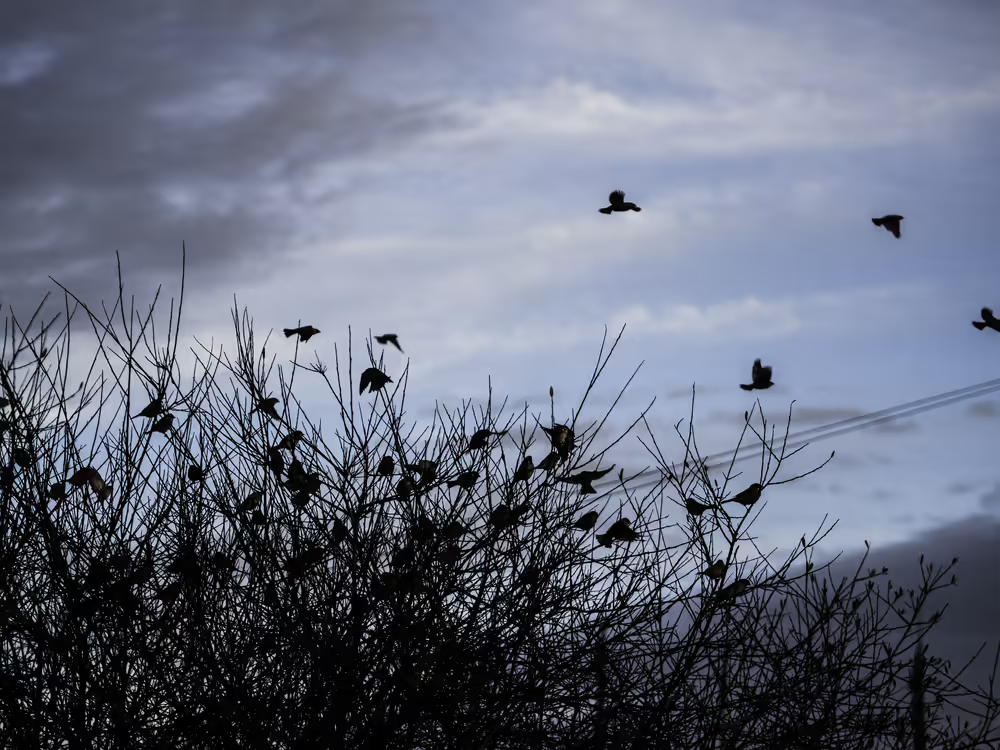

Frozen Tibet
Frozen Tibet
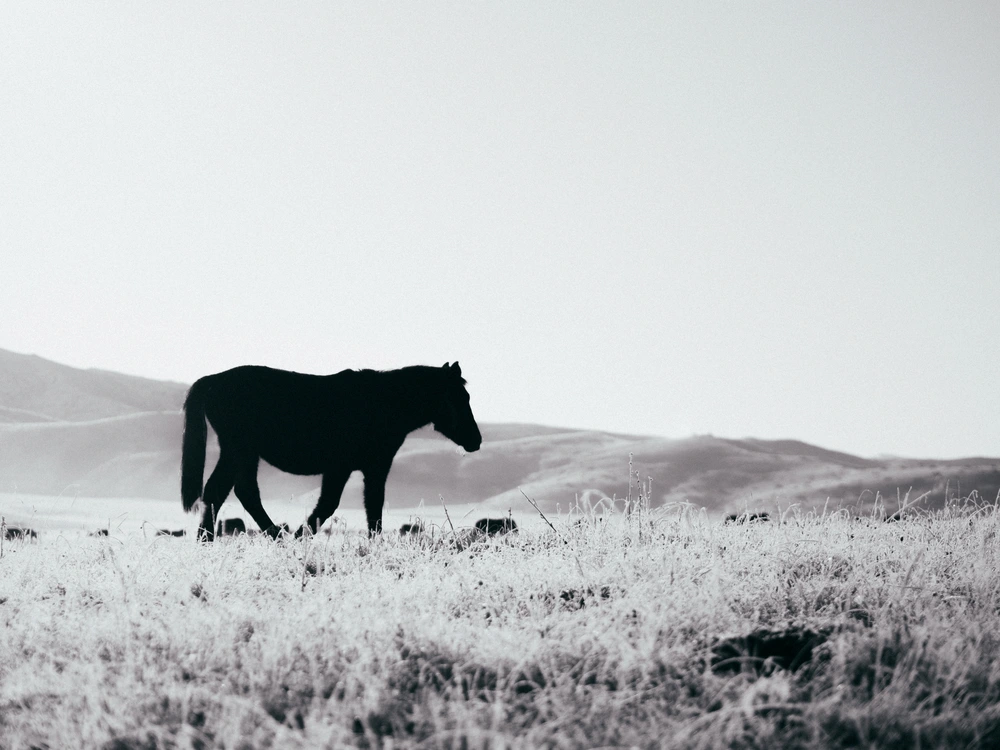
Yaks, Bone Art, and the Art of Survival
To understand Tibet, you must understand the yak.
It is food, transport, warmth, and wealth. The nomadic herders, wrapped in thick woolen coats, lead their herds through snow-covered valleys, their entire existence dependent on the survival of these animals.

Yak
Yak

In a small workshop next to my accommodation, I saw artisans carving yak bones into intricate amulets and prayer beads. Nothing is wasted here. Even death is repurposed into beauty.
“Impermanence,” the artisan said to me, holding up a finished piece.

Yak herder on horse


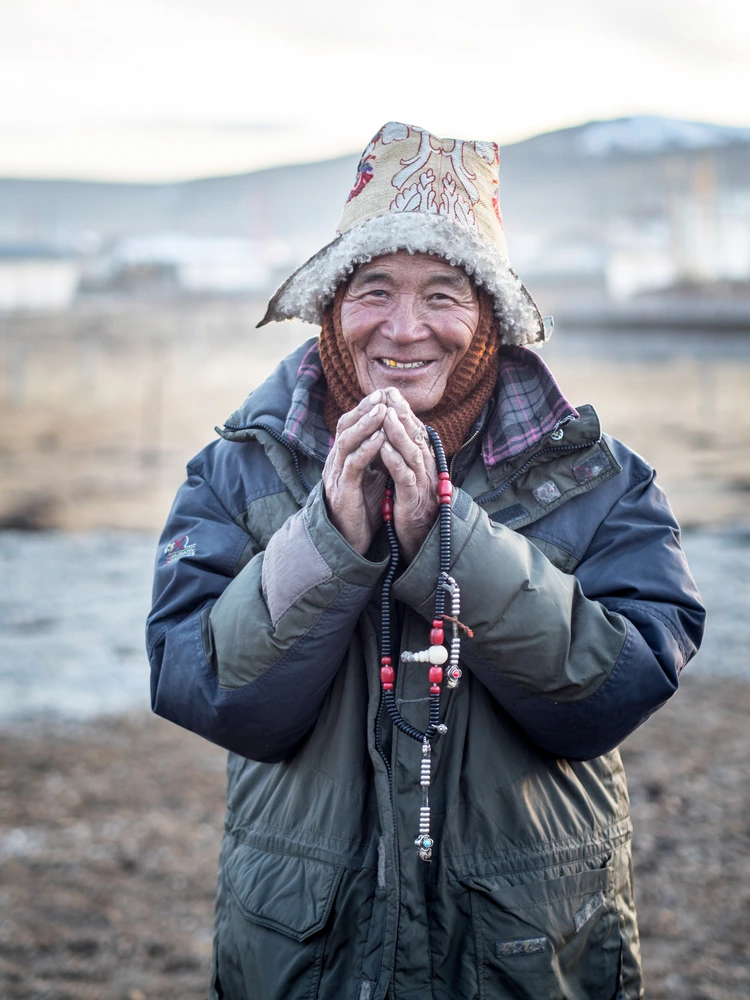
Tibetan Buddhism, also known as Vajrayana Buddhism, is a distinct form of Buddhism practiced primarily in Tibet, Bhutan, and parts of Nepal and India. It combines elements of Mahayana Buddhism with Tantric and shamanic traditions native to the Himalayas.
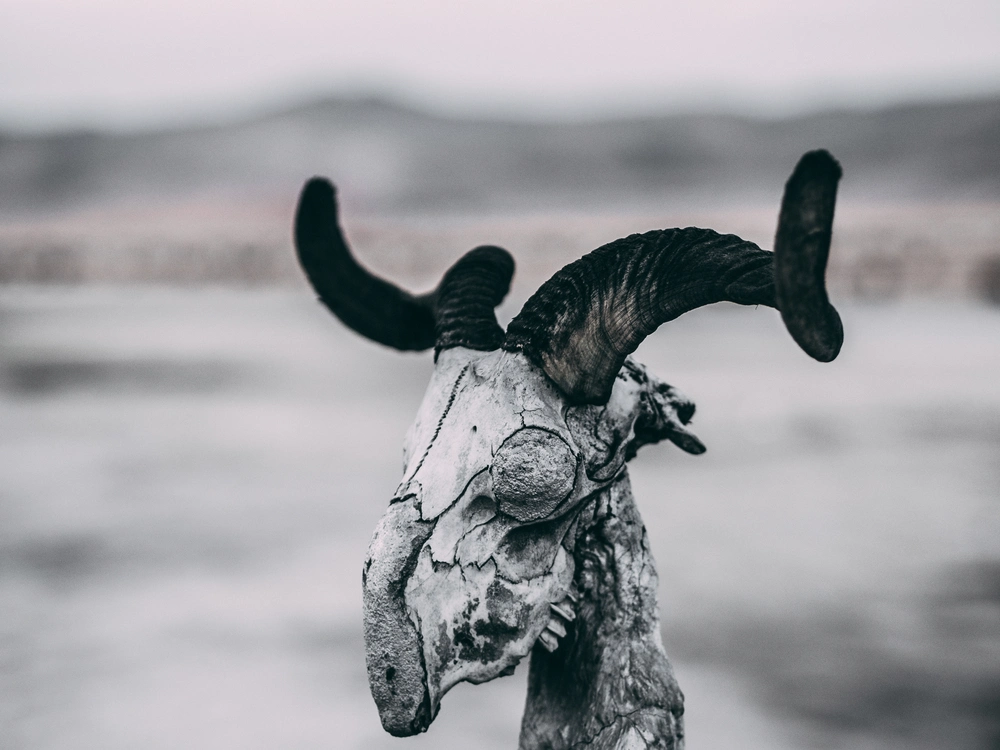
Art from Yak skull
Yak skull
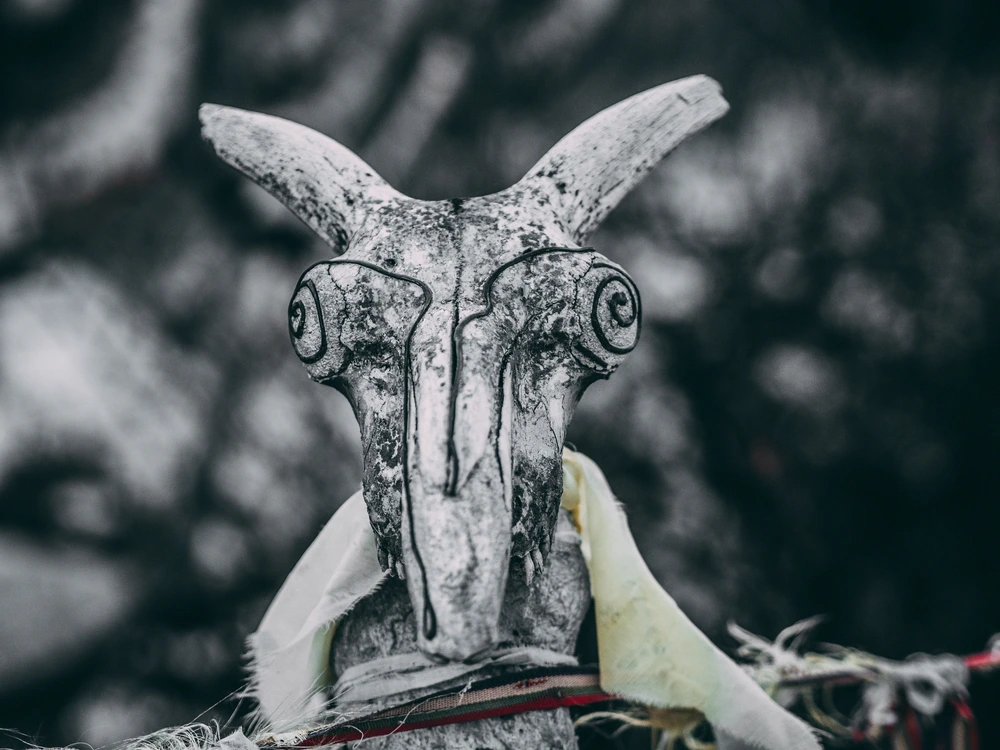
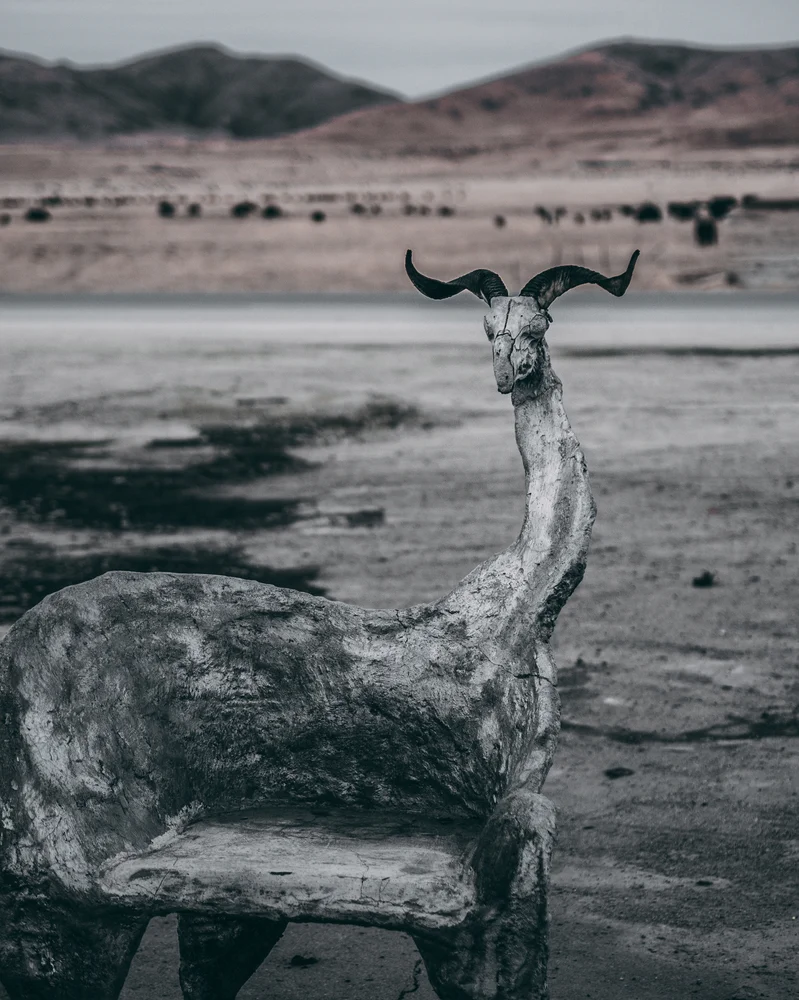
Chair made from yak bones
Yak meat
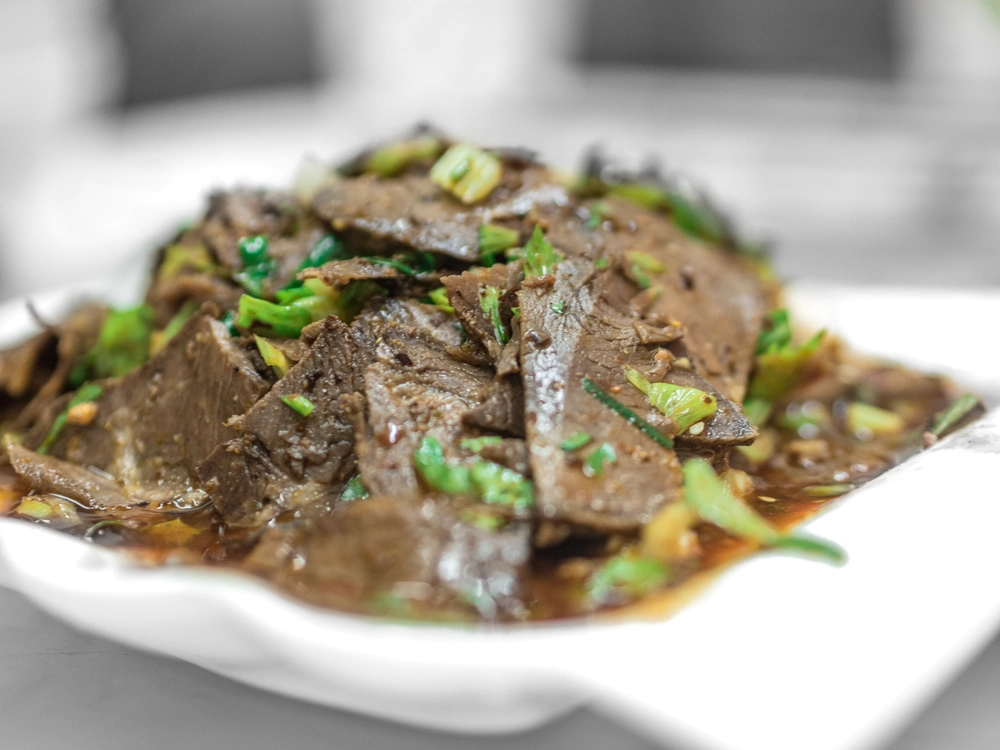
In this tradition, the use of yak bones in art is significant. Artisans create intricate pieces such as benches, sculptures, and even large structures from these bones. This practice reflects the Vajrayana focus on the impermanence of life and the transformation of the mundane into the sacred.
By incorporating bones, Tibetan Buddhist art serves as a reminder of mortality and the cycle of life and death, aligning with the Buddhist teachings on impermanence and reincarnation.
People
The Tibetan people, resilient and deeply spiritual, have thrived for centuries in the harsh landscapes of the Himalayas, balancing nomadic traditions with Buddhist devotion. Monks in crimson robes walk ancient monastery paths, while herders on motorcycles navigate rugged terrain, a fusion of old and new. Traditional chuba robes shield against the mountain cold, adorned with intricate jewelry symbolizing heritage and faith. Prayer flags flutter in the wind, carrying mantras across the valleys, while yaks remain the backbone of Tibetan life, providing transport, food, and warmth. Despite political struggles and exile, Tibetans The Tibetan people, resilient and deeply spiritual, have thrived for centuries in the harsh landscapes of the Himalayas, balancing nomadic traditions with Buddhist devotion. Monks in crimson robes walk ancient monastery paths, while herders on motorcycles navigate rugged terrain, a fusion of old and new. Traditional chuba robes shield against the mountain cold, adorned with intricate jewelry symbolizing heritage and faith. Prayer flags flutter in the wind, carrying mantras across the valleys, while yaks remain the backbone of Tibetan life, providing transport, food, and warmth. Despite political struggles and exile, Tibetans preserve their identity through ritual, language, and an unbreakable connection to their land and gods. identity through ritual, language, and an unbreakable connection to their land and gods.


Tibetan sisters in traditional clothes
Foreign guy with Tibetan woman


Tibetan woman in traditional clothes
Tibetan woman in traditional clothes
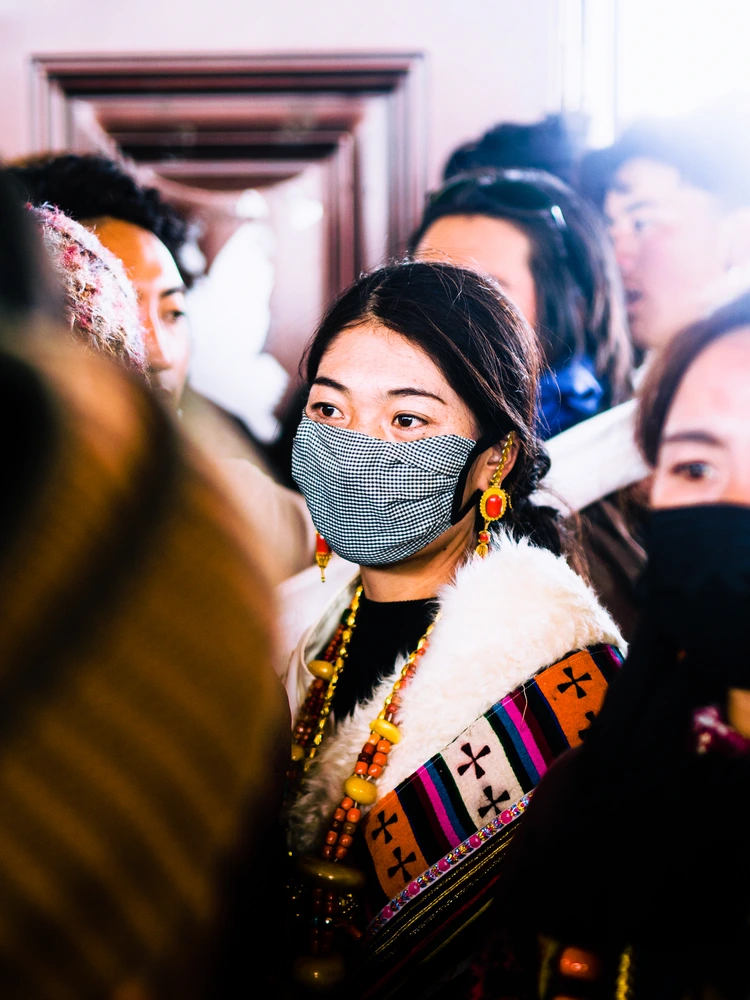
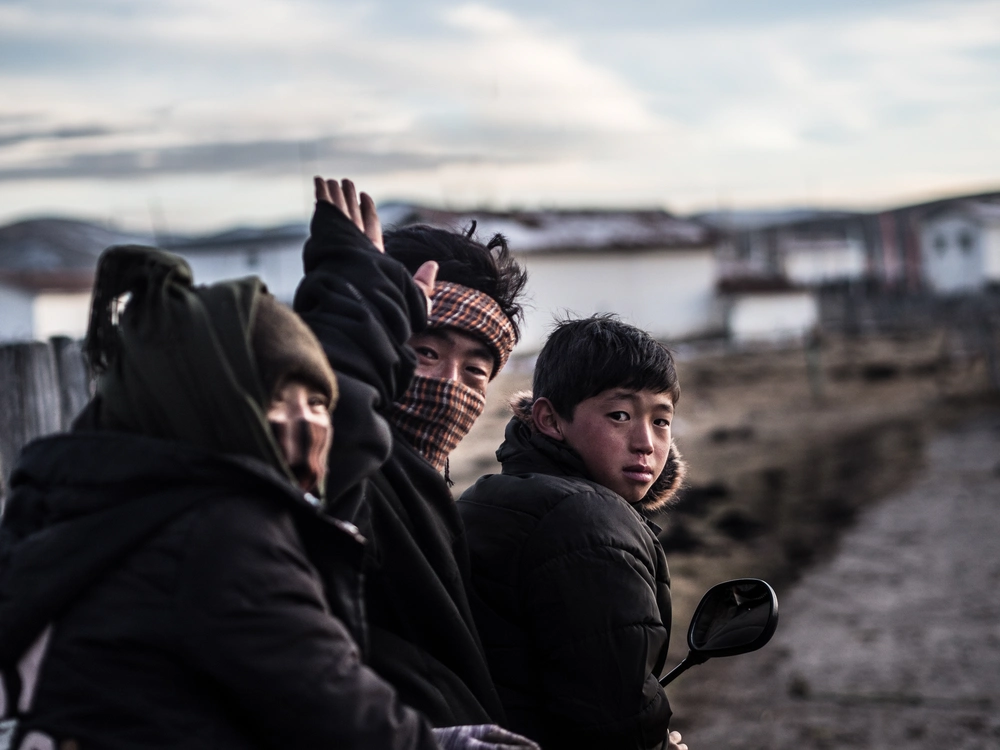
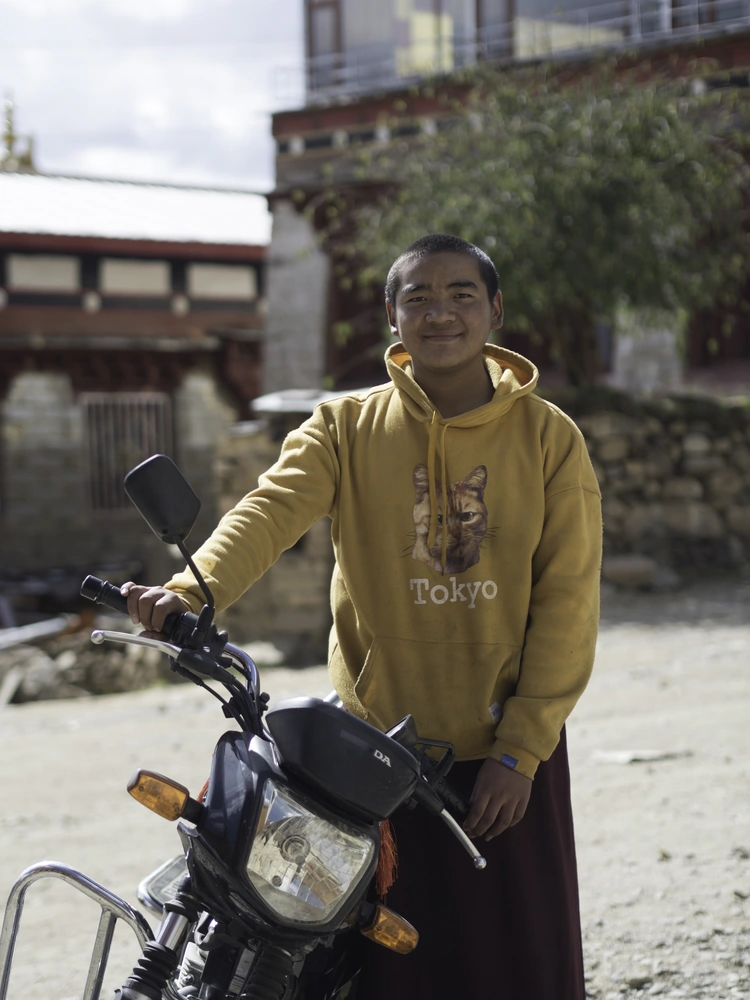
Tibetan monk on a motorcycle
Tibetan monk

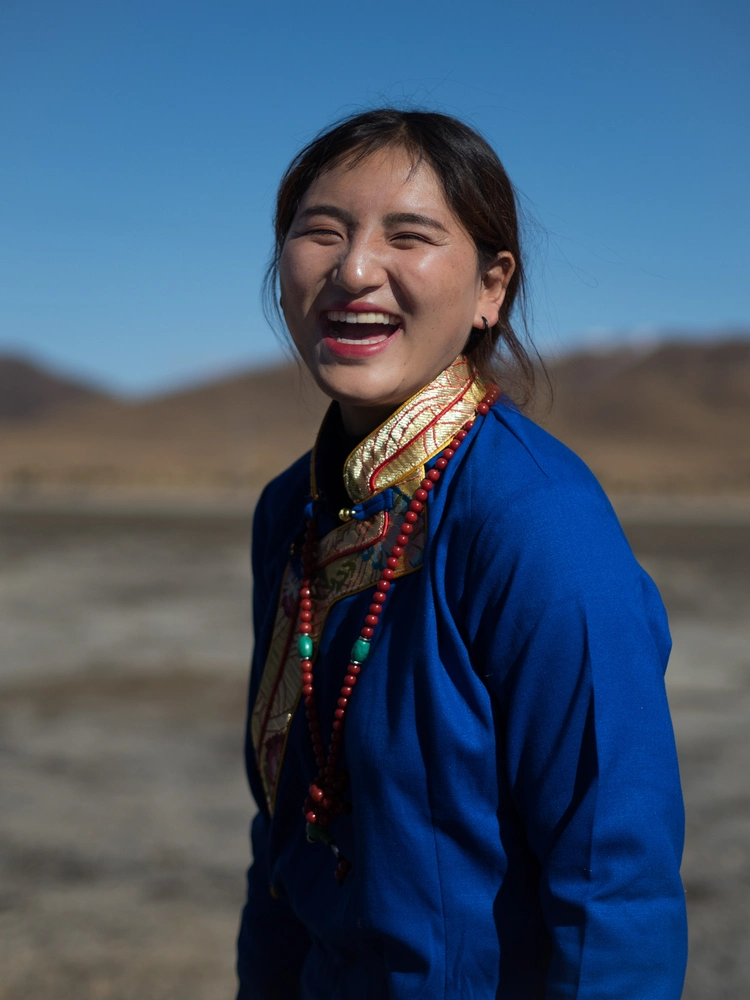
Tibetan girl
Tibetan man
